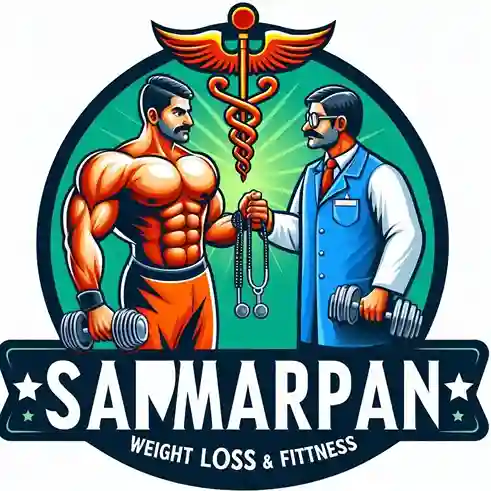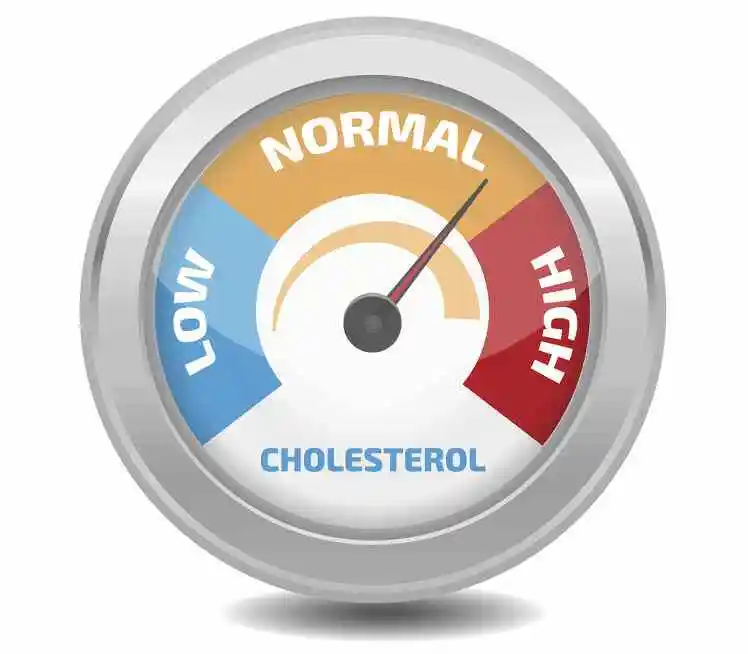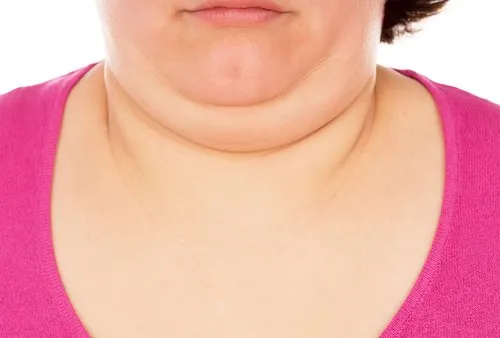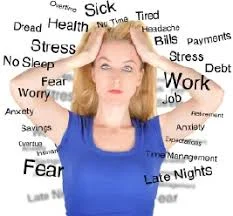LDL Cholesterol
What Is LDL?
Since LDL cholesterol builds up in the walls of your blood vessels, it is sometimes referred to as the “bad” cholesterol and increases your risk of heart attacks and strokes.
But not all cholesterol is harmful. It is essential for the production of healthy cells and hormones as well as nerve protection.
You get some cholesterol from the food you consume, and your liver produces more. Proteins deliver it to its destination since it will not disintegrate in blood. We refer to these transporters as lipoproteins.
One kind of lipoprotein is LDL. The term “low-density lipoprotein” is the full name of this material.
HDL and LDL cholesterol levels
The bulk of the cholesterol in your body is made up of LDL. The remainder is HDL, or high-density lipoprotein, or “good” cholesterol. LDL is transported to your liver by HDL and then eliminated from your body. Having high HDL levels may help prevent heart attacks and strokes.
Ranges of LDL Cholesterol
When it comes to LDL cholesterol test results, lower values are preferable. In the United States, the general rules for adults are:
Under 100 mg/dL (milligrams per deciliter): Ideal range: 100–129 mg/dL Close to or above ideal
130–159 mg/dL: High borderline: 160–189 mg/dL High: 190 mg/dL or above Very high
Your physician may suggest an LDL goal of 70 mg/dL or less if you have diabetes or heart disease.
LDL cholesterol within the usual range
Since each person is unique, there is no such thing as a “normal” amount of LDL cholesterol. However, generally speaking, you should try to maintain it below 100 mg/dL.
Reasons for Elevated LDL
Your cholesterol levels are influenced by several factors. Some, like your diet and exercise, are beyond your control. Other factors, such as your age and genetic makeup, are just aspects of your identity.
The following factors can increase your LDL:
- genes: You have a higher chance of developing high cholesterol if someone in your family does.
- Age: Over time, cholesterol tends to rise. This is because as you age, your body finds it more difficult to eliminate cholesterol.
- Intercourse: Following menopause, LDL levels may increase in women and those who were designated female at birth.
- some medical problems: High LDL can result from HIV, diabetes, familial hypercholesterolemia, and chronic renal disease.
- A few drugs: High LDL is an adverse effect of several medications, particularly those used to treat HIV or blood pressure.
- foods high in fat: Saturated and trans fats are abundant in red and processed meats, full-fat dairy products, fast meals, fried foods, and some desserts. It is well known that these lipids raise LDL cholesterol.
- not exercising: Gaining weight as a result of insufficient physical exercise raises your risk of high cholesterol.
- heavy bodily weight: Your cholesterol levels may rise if you are obese or overweight.
- Use of tobacco: The quantity of HDL in your blood is decreased by cigarettes and other tobacco products, including vapes. LDL is destroyed by HDL. This implies that your LDL levels will increase if you do not have adequate HDL.
Foods High in LDL cholesterol
Your cholesterol levels are greatly influenced by your food. Consuming a lot of trans and saturated fat might increase LDL.
Some foods that contain these fats include:
- Red and processed meats, including bacon, hamburgers, hot dogs, steak, hog, and ribs
- Full-fat dairy products include cheese, butter, and whole milk.
- French fries and chicken fingers are examples of fried dishes.
- Sweets: ice cream, cakes, and doughnuts
- It is good to discuss maintaining a healthy diet with your physician if your LDL is high.
Diagnosis of elevated LDL cholesterol
Your LDL, HDL, and total cholesterol levels may be measured with a blood test. Triglycerides, a kind of fat that accumulates excess energy from your diet, are also measured. You may be more susceptible to cardiac issues if your triglyceride levels are high.
Discussing your cholesterol levels with your physician is crucial. The best time to get your cholesterol evaluated depends on a number of factors, such as age, family history, and your health and risk factors. A cholesterol check should be performed every four to six years for the majority of healthy persons.
Younger individuals should have their cholesterol examined every five years, men between the ages of 45 and 65 and women between the ages of 55 and 65 every one to two years, and children between the ages of 9 and 11 (and thereafter every five years) should have their first cholesterol test.
If you have diabetes, heart disease, or high cholesterol in your family, you will likely require it more frequently.
The Dangers of Elevated LDL Cholesterol
Having high LDL cholesterol can increase your risk of developing issues such as:
- Coronary artery disease
- Cardiac peripheral disease
- Heart conditions, such as angina (chest discomfort) and heart attacks
- The stroke
The goal of the guidelines was to reduce “bad” cholesterol to a certain level. It is likely that you and your physician will now collaborate to find a method to reduce it by a specific proportion. It is determined by the likelihood that you may get a stroke or heart disease.
Your probability of those issues in the following ten years are calculated by doctors using a calculator. Among the factors the calculator takes into account are:
- The amount of cholesterol you have
- How old you are
- Your blood pressure level
- If you smoke
- If you use blood pressure medication
Your risk of developing a cardiac condition is influenced by each of these factors. Other dangers consist of:
- Diabetes
- A family history of heart disease
Methods for Reducing LDL Cholesterol
In order to reduce your cholesterol and your risk of developing a heart condition, your doctor will prescribe medication and/or lifestyle modifications. Your strategy may consist of:
- a nutritious diet: Avoid foods heavy in cholesterol, saturated fat, and simple carbohydrates like sugar and white bread. Increase your intake of fiber and plant sterols from foods like nuts and margarine. Your body may find it more difficult to absorb LDL from diet if you eat foods high in fiber, including as vegetables and beans.
- Frequent physical activity: The finest type is the one that makes your heart race.
- reduction of weight: Your cholesterol readings might improve if you lose even 5 to 10 pounds.
- Giving up tobacco use: Your doctor can assist you in identifying the most effective smoking cessation program if you struggle to quit.
- medicine: Statins are one type of medication that helps prevent your body from producing cholesterol. Ezetimibe, often known as Zetia, is another medication that reduces the quantity of cholesterol your body absorbs from diet. You may receive injections of PCSK9 inhibitors if you are unable to take statins or if your elevated cholesterol is severe. These medications aid in the liver’s increased removal of LDL from the blood.
FAQs
How do I lower my LDL quickly?
You may improve your health by include all of these items in your diet.
Whole grains, including oats. Fiber from whole grains like barley and brown rice, as well as oats, can help lower LDL, or “bad” cholesterol.
foods high in omega-3 fatty acids, such as nuts, avocados, beans, lentils, leafy green vegetables, fruits, and olive oil.
What is a normal LDL level?
The adult LDL cholesterol ranges are as follows: Less than 100 mg/dL is ideal; this is the target for those who have heart disease or diabetes. Between 100 and 129 mg/dL is about ideal. A borderline high level is between 130 and 159 mg/dL.
What are the 5 signs of high cholesterol?
Six Indications Your Body Is Giving You That Your Cholesterol Is Too High
A heart attack. A high blood pressure level will lead to cardiac difficulties, as you are well aware. Another warning sign to watch out for is high blood pressure.
Angina or chest pain, stroke, diabetes, or discomfort when walking.
How to reduce cholesterol in 7 days?
A balanced diet reduced in saturated fat and avoiding trans fat are the two main things you can do to lower your cholesterol levels.
Increasing regular physical activity, such as going for a brisk walk or using the stairs whenever feasible, will help you get in at least 30 minutes of exercise five days a week.
Make weight loss a priority.
Quit smoking.
What is the biggest cause of high LDL?
Using tobacco products and smoking: Smoking increases your “bad cholesterol” (LDL) and decreases your “good cholesterol” (HDL). Being under a lot of stress: Hormonal changes brought on by stress cause your body to manufacture more cholesterol. Alcohol consumption: Consuming excessive amounts of alcohol might increase your total cholesterol.
Is lemon good for cholesterol?
To maintain a healthy cholesterol level, drink a glass of lukewarm water with lemon juice and one spoonful of ginger juice first thing in the morning on an empty stomach.
References:
- LDL cholesterol. (2024, July 17). WebMD. https://www.webmd.com/heart-disease/ldl-cholesterol-the-bad-cholesterol





21 Comments